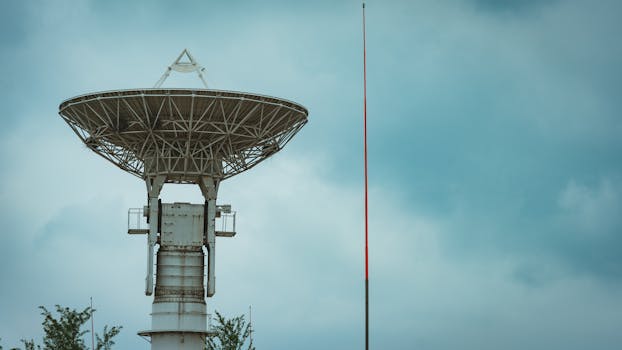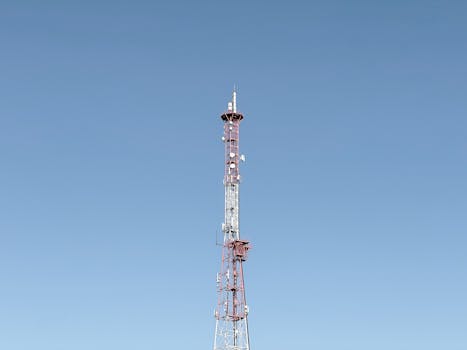The Future is Now: Exploring the Cutting-Edge Innovations in Satellite Telecommunications

The Future is Now: Exploring the Cutting-Edge Innovations in Satellite Telecommunications
The Future is Now: Exploring the Cutting-Edge Innovations in Satellite Telecommunications. The satellite telecommunications industry has come a long way since its inception, and it’s now on the cusp of a revolution. With the advent of new technologies and innovations, the industry is transforming at a rapid pace, enabling faster, more reliable, and more accessible communication and information exchange. In this article, we’ll delve into the latest advancements in satellite telecommunications and explore what they mean for the future of the industry.
Advancements in Satellite Technology

One of the most significant drivers of innovation in satellite telecommunications is the development of new satellite technologies. Next-generation satellites, such as high-throughput satellites (HTS) and very high-throughput satellites (VHTS), offer significantly increased capacity and faster data transfer rates. These satellites use advanced technologies like phased arrays and digital payloads to provide more efficient and flexible use of bandwidth. For instance, the recent launch of the Intelsat EpicNG satellite, which uses advanced digital payload technology to provide high-throughput connectivity, is a testament to the rapid advancements in satellite technology.
Another area of innovation is in the development of smaller, more agile satellites, such as cubesats and smallsats. These satellites are cheaper to launch and can be deployed in constellations, providing global coverage and enabling new applications like Earth observation and satellite-based Internet of Things (IoT) connectivity. Companies like Planet Labs and Spire Global are already using these small satellites to provide innovative services like satellite-based weather forecasting and maritime tracking.
5G and Satellite Telecommunications

The advent of 5G is also having a significant impact on the satellite telecommunications industry. 5G networks require a high degree of flexibility and scalability, and satellite-based solutions are well-positioned to meet these needs. Satellite-based 5G networks can provide coverage in areas where terrestrial networks are not available, and can also offer a range of new services, such as massive machine-type communications and ultra-reliable low-latency communications. In fact, a recent report by NSR notes that the use of satellite-based 5G networks could generate over $40 billion in revenue by 2025.
New Applications and Services

The innovations in satellite telecommunications are also enabling new applications and services. For example, satellite-based IoT connectivity is becoming increasingly popular, with companies like Hiber and Kerlink offering satellite-based IoT solutions for industries like agriculture, logistics, and energy. Satellite-based Earth observation is another area of growth, with companies like Maxar and DigitalGlobe providing high-resolution satellite imagery for applications like environmental monitoring and disaster response.
Challenges and Opportunities

While the future of satellite telecommunications looks bright, there are also challenges to be addressed. One of the main challenges is the issue of spectrum allocation, with the increasing demand for satellite-based services requiring more spectrum to be allocated. Another challenge is the need for greater standardization and interoperability, to ensure that different satellite systems can communicate seamlessly with each other. However, these challenges also present opportunities for innovation and growth, and companies that can address them will be well-positioned to succeed in the rapidly evolving satellite telecommunications industry.
See more:





